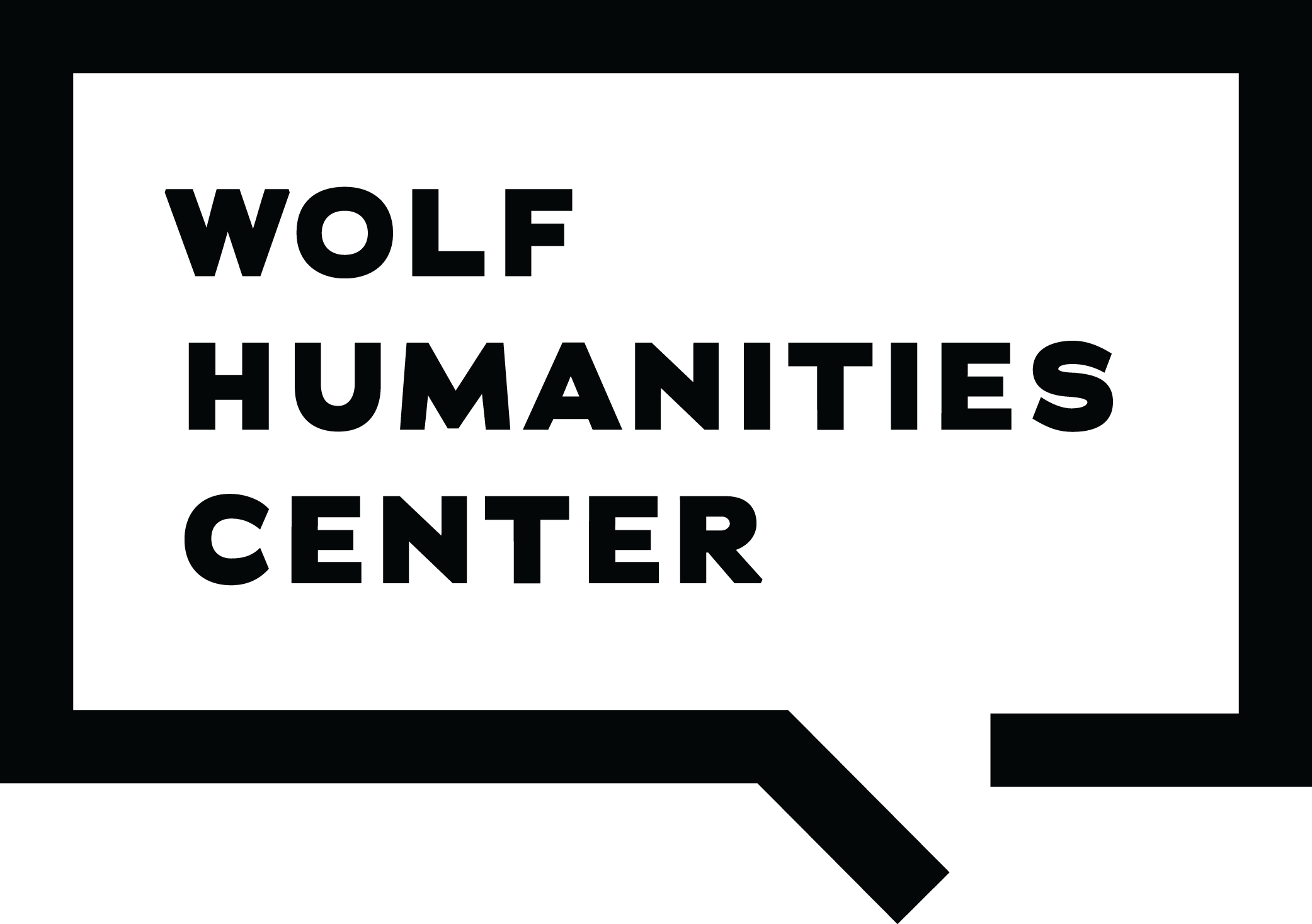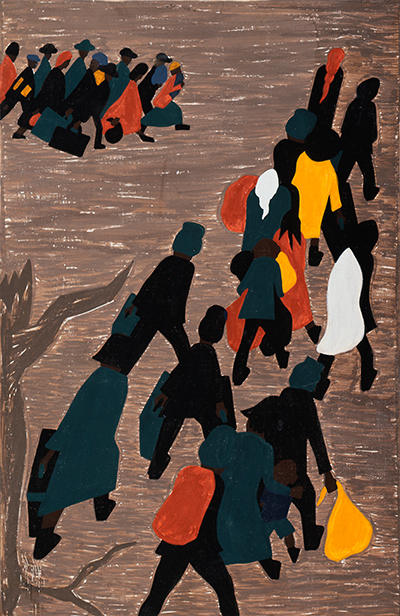Topic Director: Dagmawi Woubshet
Ahuja Family Presidential Associate Professor of English
Migration profoundly shapes our past and present. From the dispersal of early humans to the mass flows of people today, it defines the contours of human history and shades our sense of survival, longing, and belonging.
The economic, political, and cultural formations of the modern world rest on the mass movement of people from one place to another. Migrants—forced and voluntary, documented and undocumented, domestic and international, permanent and temporary—have transformed the character of modern geo-political boundaries, nation states, cities, and civilizations. Furthermore, our contemporary era is defined by unprecedented levels of global migration, with more people than ever living outside their place of birth.
Exceeding individual choice, migration is a consequence of larger forces—from slavery and war to persecution and violence, from environmental disaster and degradation to economic crisis and privation. People flee these inimical conditions, and often brave perilous journeys, to ensure their survival and well-being.
For many migrants, departure, journey, and arrival are precarious and fraught experiences. As legal aliens, illegal immigrants, refugees, temporary guest workers, etc.—migrants assume tenuous legal status. They contend with new languages, national norms, racial and ethnic categories, and discourses of citizenship that often cast them out as “the other.” They grapple with new feelings of alienation and anxiety, loss and longing, relief and optimism. They labor to establish new communities and cross-cultural ties and to anchor themselves with the resources at their disposal, including their faiths, cultures, and cuisines. They labor also to support family members left behind, sending remittances that prop up not only family units but in aggregate also the economies of most low- and middle-income countries.
At our unique historical juncture, we will consider the past, present, and future of migration. How might our time reanimate past historical periods and categories like “The Migration Period,” “The Age of Mass Migration,” “The Great Migration,” or enable us to raise new questions about the scale, pattern, direction, and duration of migration? What insights can the humanities shed on the political, economic, and environmental underpinnings of migration? Alongside critical geographers, how might humanists reassess the spaces of migration: transit depots, refugee camps, detention centers, industrial farms and cities, employers’ households, and immigrant neighborhoods? How are new technologies—from text and voice messaging applications to money transfer networks—changing the infrastructure of migration relations? How is technology increasingly deployed as an instrument of surveilling and oppressing migrants as well as a means of safeguarding their privacy and welfare? And how, drawing on transnational, diaspora, border, and critical refugee studies, can we generate more expansive conceptions of migration, longing, and belonging that exceed the fixed (and often idealized) endpoint of assimilation, and help us envision more just conceptions of sovereignty and citizenship?
Migration generates some of our most enduring religious and secular narratives. It is the stuff of literature, for instance, with displacement as the lingua franca of contemporary world literature. Literature, the visual arts, performance, and music give individual nuance to what statistics render in lump sum; they open up the interior world of migration, adding texture and complexity to its personal and political entanglements. They layer the different scales (individual, familial, national, global registers) of migration and provide counternarratives to the dominant and often xenophobic media spectacles. But does migration prompt particular aesthetic and moral imperatives for artists? And how do the arts foreground the rewards, pleasures, and insights of migration and not just its troubles and traumas?
Migration is central not just to the human experience, but also to many other forms of sentient life, from hummingbirds to whales, whose seasonal movement is necessary to their survival. As climate change radically alters the planet’s ecosystem, foreshortening nesting seasons, producing vulnerability and even the specter of extinction, how does migration open up a productive site of inquiry at the intersection of the humanities and environmental sciences for grappling with the challenges facing non-human life.
And beyond the scope of the movement of human and non-human animals, migration is generative for thinking about a range of other themes, including our digital environment where it plays an operative role. Contemporary technology has the capacity to help us track and store massive amounts of data about migration, but this data too often finds itself in need of migration as technology changes and storage capacities are reached. The digital humanities can help to illuminate how data migration and large flows of digital information not only structure our world, but also shape new and established fields of scholarly study.
The Wolf Humanities Center topic for 2021-22 calls for a diversity of critical perspectives to reappraise one of the most important issues of our times, and invites scholars, students, and members of the public to join us.
Dagmawi Woubshet, Topic Director
Karen Redrobe, Director, Wolf Humanities Center
June 2020



